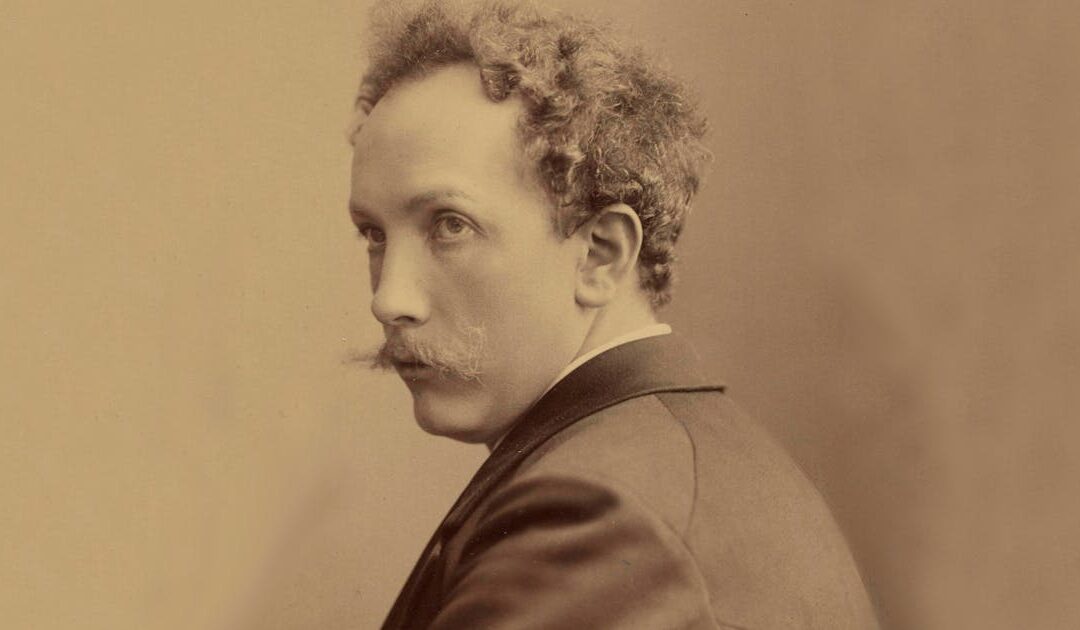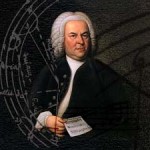As a child, Strauss devoted most of his free time and energy to music, and before leaving school he had already composed over 140 works. His father, Franz, was Principal Horn player of the Munich Court Orchestra, and he introduced him to the leading musicians of the day, including conductor Hans von Bulow, who became a strong supporter.
The Serenade in E-flat major, Op. 7, composed when Strauss was 17, echoes the style of a classical-era chamber piece, using character and instrumentation largely modeled after Mozart’s Serenade No. 11 in E flat; listeners are also reminded of Schubert and Schumann. Though the formal design may be classical, the melodic material showcases the exuberant, wide-ranging themes imbued with passion and soaring lyricism that Strauss would employ throughout his career.
The serenade has several distinct sections, including a gentle exposition; a lively development section, leading to a climax with triumphant horn phrases; an oboe cadenza; a further development section leading to another “orchestral” climax; and a tranquil conclusion.
Serenade
Op. 7
Composed in 1881
By Richard Strauss






